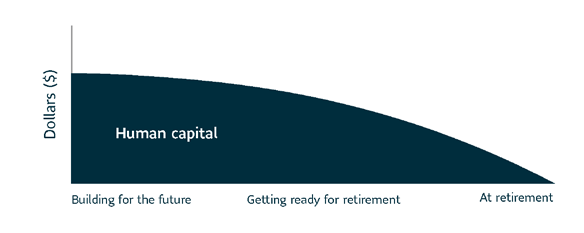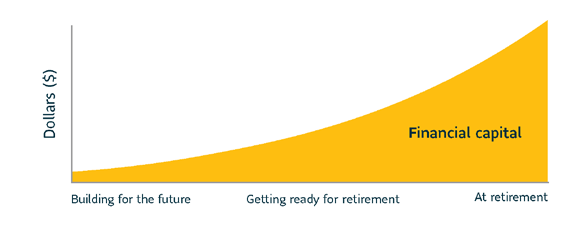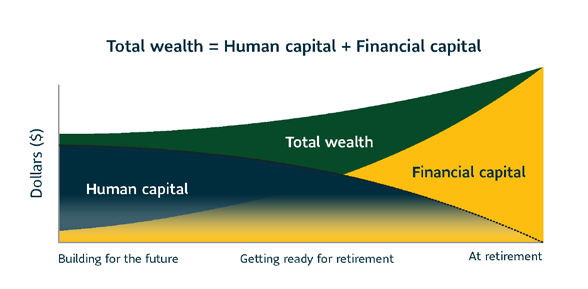Make no mistake, individual wealth is indeed growing. Billions of dollars are being passed annually to the boomer generation from their parents, and billions have been created by professionals and business owners.2 There’s a lot at stake. It’s an important time to get the facts straight about the role insurance can play in enhancing and preserving wealth, whether earned or inherited, so let’s look at five things clients might not be hearing from their advisor.
1. Affluent people really want insurance
As people’s wealth increases, they often enter a higher tax bracket and have excess capital. If they own a business, they’re typically looking for solutions to help manage the assets that have accumulated in it. The more wealth people have, the more accustomed they become to a higher standard of living – and the more they have to lose. Life insurance is a safeguard to protect the affluent investor’s lifestyle no matter what the future holds.
Permanent life insurance can benefit investors by:
- Covering tax liabilities
- Transferring assets tax effectively
- Providing access to capital
2. Group life insurance doesn’t usually provide enough coverage
You may not recognize how much insurance you actually need. It’s true that many people already have insurance, either through work or individually. But what they often don’t recognize is how much insurance they actually need. The growing trend of relying on minimal levels of group coverage leaves many Canadians underinsured. The bottom line? The amount of insurance you need to protect your wealth may be much higher than you think and likely far beyond what your group plan offers.
3. Insurance is a well-performing, low-risk investment
We don’t traditionally think of insurance as an investment, but it has gained wide recognition as an alternative asset class. Why? Permanent life insurance often produces superior rates of after-tax return than more traditional, conservative investments like GICs or government bonds. Permanent insurance can enhance a non-registered investment portfolio by providing tax-sheltered investment growth.
4. Canadian life insurance companies are a safe place to put a Client’s money Payout rates for life insurance claims are extraordinarily high. There’s very little grey area when it comes to life insurance payouts, and there is little risk that the insurance company won’t be there when it’s time for the policy to be paid out.
5. Clients don’t need to work with that old stereotypical insurance agent
The good news is there are insurance professionals and holistic financial advisors who specialize in working with affluent investors to protect their assets and maximize their estates. You can choose to work with an insurance advisor who will become part of your financial team. Working alongside your other investment advisors and/or tax and accounting professionals, insurance advisors can apply their specialized, sophisticated knowledge about tax and estate planning that can help you preserve and enhance your wealth.





